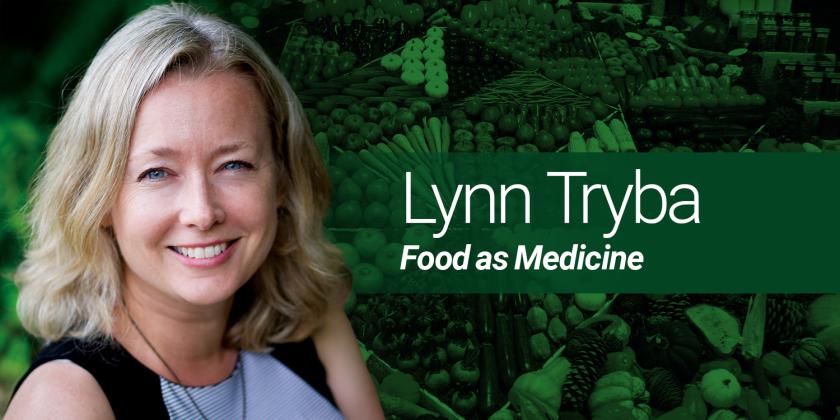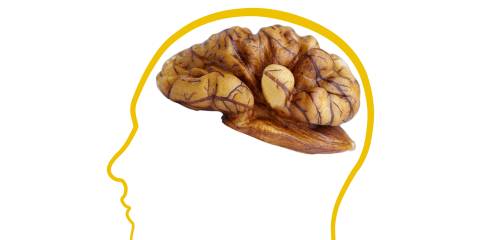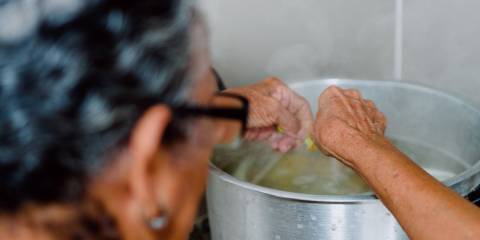Food as Medicine

Food is a building block of health, and one often ignored by conventional healthcare. It has a key role to play in preventing, treating, and reversing disease and can be a powerful contributor to vitality and quality of life. This blog aims to illustrate the triumphs of people who improved their health through understanding and harnessing the power of nutrition.
Don't Miss a Thing!
Get the latest articles, recipes, and more, when you sign up for the tasteforlife.com newsletter.



